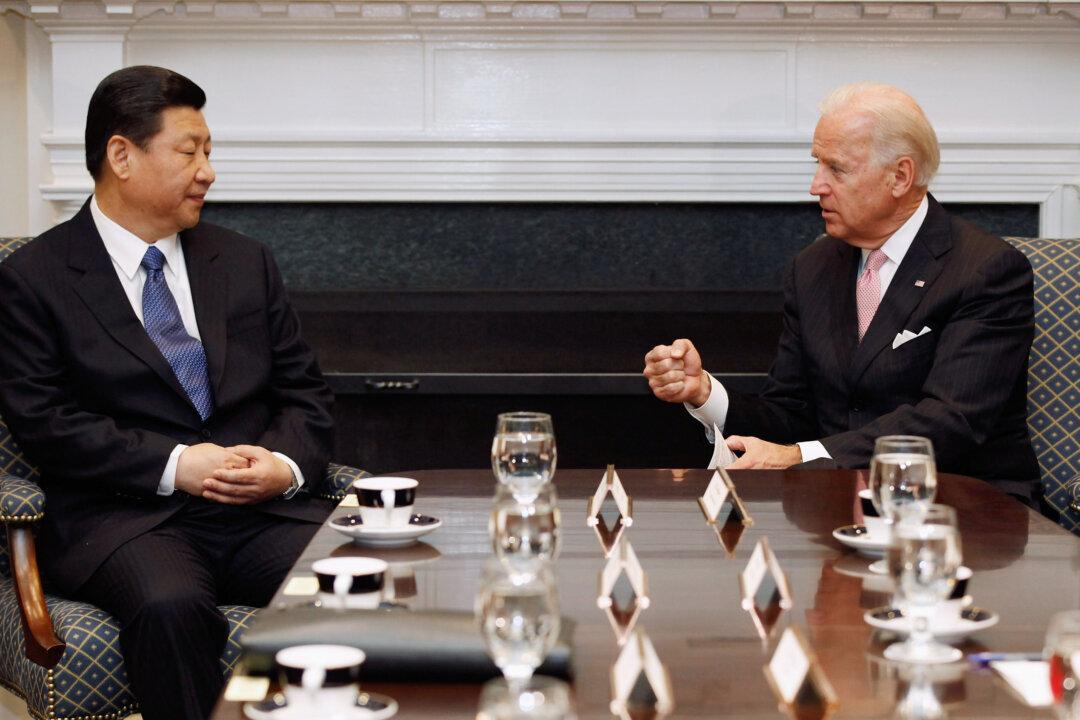A leading Chinese professor—who is also an adviser to the Chinese Communist Party (CCP)—laid out a comprehensive plan for the communist regime to overtake the United States as the world’s superpower.
The professor’s multi-pronged strategy involves a range of malign actions to subvert the United States while strengthening the Chinese regime. They include interfering in U.S. elections, controlling the American market, cultivating global enemies to challenge the United States, stealing U.S. technology, expanding Chinese territory, and influencing international organizations.






